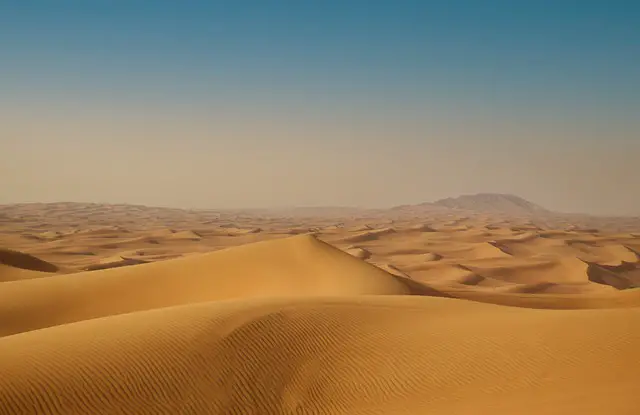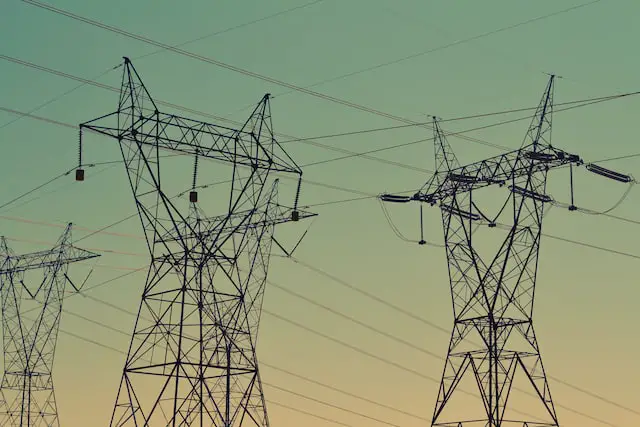
Scale is something that is of increasing importance with desalination as with other industries as governments and corporations seek to improve efficiency. With particular relevance to the middle east where most countries are reliant on desalination to service their population, governments are continuously pushing the envelope when it comes to the size of individual operations, both new facilities and upgrades of existing locations.
The Jebel Ali Desalination Plant in the United Arab Emirates is the largest desalination plant in the world, producing a staggering 2.23 million cubic metres of water per day! Many publications will incorrectly claim that Ras Al Khair in Saudi Arabia or Sorek in Israel are the largest, however, these facilities occupy 2nd and 6th place respectively.
Max capacity of 2,227,587 m³ of water per day.
Certified as an official Guinness World Record, the Jebel Ali desalination facility can produce a mind-boggling 891 Olympic swimming pools worth of water every day! In standard measurements, this equates to 2.227 million m³ (490 MIGD) per day. The production techniques utilized at Jebel Ali are comprised of 87% multistage flash distillation (MSF), with the remaining 13% being reverse osmosis.
It is also the largest gas-fired power plant in the world!

Another Guinness World Record for Jebel Ali, its onsite power station puts out a staggering 9,547 Megawatts, the highest output of any gas-fired power plant in the world! This onsite power station is used to not only power the desalination plant, but extract additional synergies from the whole operation by utilizing the incoming salty water to cool the gas turbines and in turn reduce the amount of energy required to heat the water to boiling point for multistage flash distillation. This process is also employed at various other large-scale desalination plants due to the obvious net efficiency gains, including Ras AL Khair in Saudi Arabia.
A more detailed explanation of how this operational synergy works, including a calculation and diagram, is available in an article I wrote earlier: How to Improve Desalination Efficiency: 3 Areas To Focus, if you are interested in this process, I encourage you to give it a read.
It is 100% owned by the Dubai Electricity and Water Authority.
Like many of the other desalination plants within the United Arab Emirates, the Jebel Ali Facility is 100% owned by the Dubai Electricity and Water Authority (DEWA). DEWA is 100% owned by the government of Dubai, meaning at this point in time the desalination facility and power plant are essentially owned by the citizens of Dubai, which represents a great asset of strategic importance.
The project was originally completed in 2013.
The Jebel Ali desalination and power plant were commissioned in 2013, however with significantly less production output than today. Initially, the Jebel Ali facility had 8 multistage flash distillation (MSF) modules producing 640,000 m³ of water daily, it wasn’t until the M-station upgrades were complete in 2022 that Jebel Ali attained its crown of the largest desalination and power plant in the world.
Upgrades in 2022 drastically increased its capacity.
The upgrades conducted to the Jebel Ali desalination facility in 2022 are known as the M-Station upgrades, which increased the maximum desalination output from 640,000 m³ to the current maximum of 2,227,587 m³ and the power station output increased by 700MW.
If you are interested in reading about some of the other huge desalination projects worldwide, check out my article The 10 Largest Desalination Plants In The World which briefly runs through the top ten facilities worldwide!


